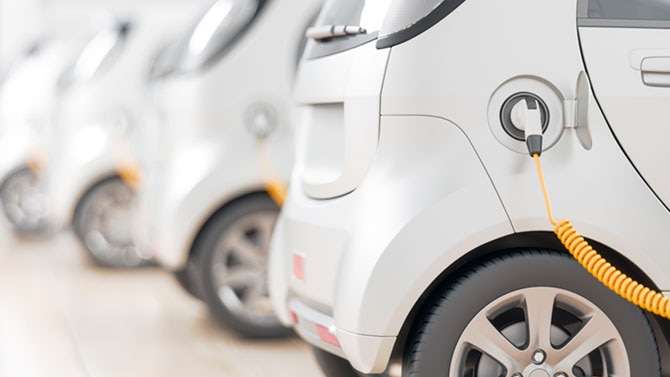{{item.title}}
{{item.text}}

{{item.text}}
Evolving from a car-centric business model to an integrated mobility ecosystem, the automotive industry is in the midst of a large-scale transformation. Consumers now expect more sustainable, flexible mobility solutions that include e-mobility, autonomous driving, car sharing, and subscription models. At the same time, new players such as BEV start-ups and major tech companies are targeting the core business of established, market-leading OEMs. On the global stage, geopolitical blocs are forming with diverging sets of rules and standards.
To harness these newly emerging value pools, market players need to adapt their business models at multiple levels in this radically changed environment. It is therefore vital to rigorously digitize in-house processes, drive automotive sustainability in all its aspects, and become more robust by building resilient automotive supply chains alongside strong partnerships across industries. In marketing and sales, sustainable customer relationships are key. Online sales models and data-driven revenue sources are booming, whether through entertainment purchases, parking, charging, or customer insights. Apart from OEMs, the new industry structure is also forcing all other market players to redefine their role in the ecosystem. Whether they are suppliers, dealers, financial services, or e-mobility providers – all of them need to address new value and profit pools, adapt their products, and optimize their carbon footprint.
We support players in the mobility ecosystem with viable strategies that enable them to actively and profitably shape the transformation of the entire automotive industry. We help our clients to adapt their product portfolios, manage their production efficiently, and prepare for new types of powertrain systems as well as shifts in demand. Our team defines the sales strategies of tomorrow, develops partner ecosystems, transforms and restructures business portfolios, optimizes supplier projects, and creates holistic customer experiences. As part of the PwC network, we support our clients from strategy to execution and are able to advise them on complex matters such as automotive market entry strategies, including all legal and fiscal aspects as well as regulatory compliance.
Join us from September 8-12, 2025, at the Smart Mobility Space - one of the key stages of IAA MOBILITY. In collaboration with PwC Germany and our co-hosts Microsoft, University of St. Gallen, and Allianz Partners, we have designed a venue where thought leaders from business, academia, and politics come together to exchange ideas, gain fresh perspectives, and collaboratively innovate the future of mobility.
To see highlights from our past attendance, view the 2023 impressions in the video on the left. Explore this year's agenda by visiting PwC at IAA MOBILITY 2025
Automotive and mobility strategy
We develop corporate strategies, optimize product portfolios, define partner ecosystems, evaluate M&A opportunities, derive successful market entry strategies, define mobility strategies for vehicles with alternative powertrain systems and anchor sustainability aspects in all areas of our clients’ companies.
Product and technology strategy
We advise OEMs and suppliers with regard to alternative and BEV powertrains, autonomous driving, product cost optimization and "software-defined car" projects.
Customer and sales strategy
We develop brand strategies, design holistic customer experiences, optimize distribution and retail networks, develop subscription models and optimize the customer service or the after-sales business of our clients.
Strategic business transformation
We advise mobility companies on the transformation and restructuring of their business portfolio, optimize their operating model and optimize their supply chain.
Turnaround of critical OEM and supplier projects
Our Extended Enterprise Enablement (EEE) team supports OEMs and suppliers from planning critical (start-up) projects to successfully completing them – e.g. by relocating products and plants or by selecting and integrating suppliers.
{{item.text}}

{{item.text}}
Mobility service provider SIXT aims to significantly reduce road traffic and enhance the quality of life in cities. A joint consulting team from PwC Germany and Strategy& has been commissioned to support SIXT in its sustainability transformation, from strategy to execution.






